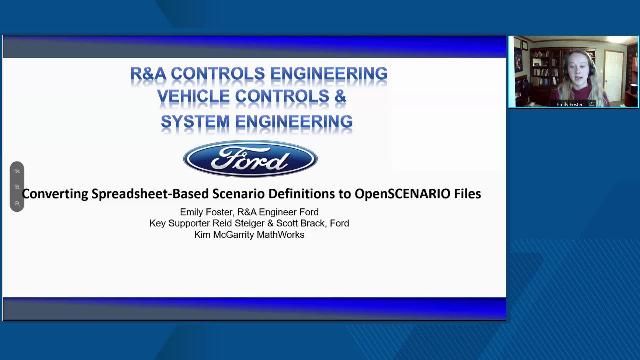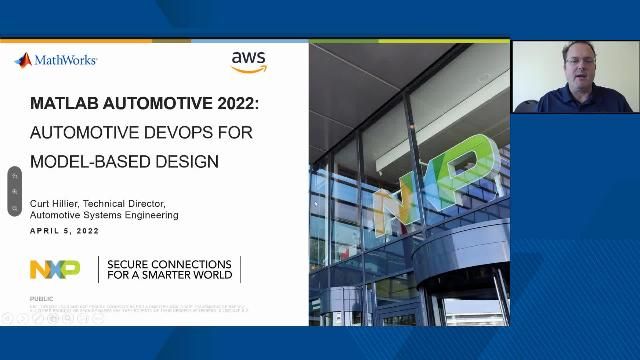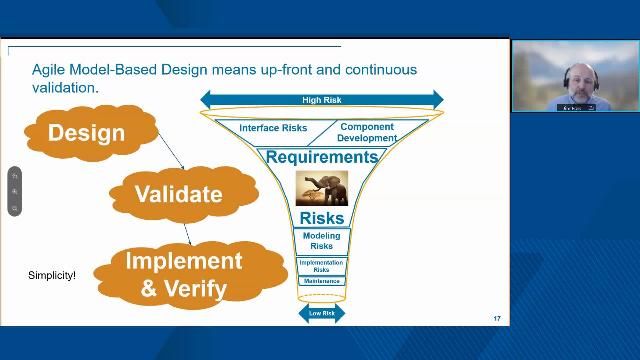Proceedings
Featured Presentations
Tuesday, April 5, 2022
Software-Defined Vehicles: Developing Service-Oriented Applications with Simulink
Luigi Milia, MathWorks
Shwetha Bhadravathi Patil, MathWorks
Shwetha Bhadravathi Patil, MathWorks
Building the Digital Thread from MBD to MBSE to Meet ISO 26262 for Embedded Software
Joshua McCready, Ford Motor Company
Hans Gangwar, Ford Motor Company
Hans Gangwar, Ford Motor Company
Effective Model-Based Development Strategies for ASPICE and Safety Compliance
Peter Abowd, Kugler Maag Cie
Steve Tengler, Kugler Maag Cie
Steve Tengler, Kugler Maag Cie
Thursday, April 7, 2022
Battery SOH and SOC Estimation Using a Hybrid Machine Learning Approach
Mahesh Ghivari, KPIT Technologies Limited
Debango Chakraborty, KPIT Technologies Limited
Debango Chakraborty, KPIT Technologies Limited
Building a Virtual Vehicle for Large-Scale Simulation Studies
Mike Sasena, MathWorks
Brad Hieb, MathWorks
Scott Furry, MathWorks
Brad Hieb, MathWorks
Scott Furry, MathWorks
























